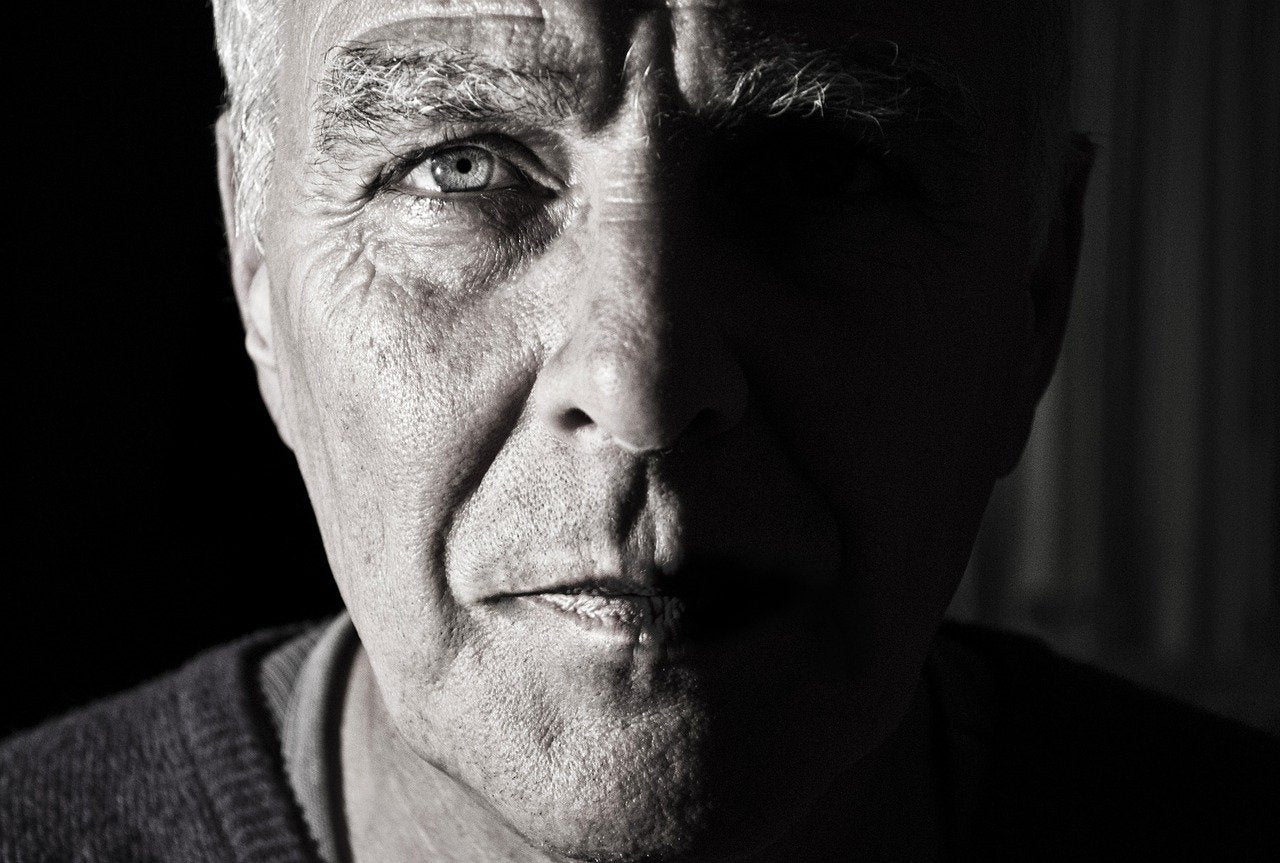Skincare for men is a growing segment of the personal care industry. Challenges in formulating efficacious cosmetic products have to account for differences in skin types; differences between the skin of men and women are paramount. The male skin care market has to meet the unique needs of men and focus on attributes of male skin: increased skin thickness, the influence of testosterone and hair growth. There are specifics not only in male skin and facial anatomy but also in lifestyle and daily use of skincare products. In terms of facial anatomical differences, men have a larger and specifically shaped skull, increased muscle mass, different fat distribution and more severe facial wrinkles. Men often have inadequate skincare routines and lifestyle habits that can accelerate ageing e.g. higher rates of smoking and increased sun exposure. Research studying facial beauty and ageing typically focuses on the female face.
Skin Biology and Ageing
The male skin is thicker at all ages; there is increased sebum production and sweating; also significant differences in coarse, pigmented, terminal hair distribution due to the effect of the male hormone, testosterone. Men tend have a specific bone structure: large forehead with prominent supraorbital ridges, a wide frown and a prominent protruding jaw. Men also have increased muscle mass, including facial muscles, and more dense capillaries in the face supporting the facial hair follicles. The facial fat layer is thinner in men irrespective of age. They also have less soft tissue in the cheek area and, therefore, flatter and more angular shaped cheeks.
Men are known to age differently from women, with more severe facial wrinkles except for the lip area. The loss of fat tissue with age brings about deeper expression lines in men because of their thicker skin and more prominent facial muscles. Loss of volume in the cheeks often makes men appear older than their age compared to women. As the male skin is thicker (both the outer layer – the epidermis – but mainly the dermis responsible for elasticity, support and strength of the skin), collagen density in the dermis is greater for men. As collagen steadily declines, this leads to delayed wrinkle formation. Later, however, ageing results in more dramatic wrinkles and sagging even when male beard, in part, prevents photo-ageing due to the sun exposure.

Male Skincare Regimes
Men have not been interested in ageing prevention until recently. Extrinsic ageing factors range from exposure to sunlight, pollution, cigarette smoke, repetitive muscle movements, and diet. The two greatest ageing factors are smoking and exposure to sun. Men are more likely to smoke and be exposed to the sun, being employed in outdoor jobs. When in the sunlight, they are less likely to use sun protection. Men use sunscreen less frequently than women, research indicates that 4 in 10 men never apply sunscreen and are likely to develop sunburn. As the sebaceous glands are more active in men, a greater production of sebum often leads to oily skin. Sebum is a natural emollient that hydrates the skin surface, maintaining it smooth. However, excess sebum can make the skin look and feel oily with increasingly clogged pores and acne-prone skin.
Gentle cleansing helps to reduce excess oil and prevent in-grown hairs. Short-term hydration can increase skin pliability and flexibility making it better able recover after shaving. Shaving can damage the skin surface and compromise the skin barrier leading to dry, sometimes rough and uncomfortably tight feeling skin. Daily moisturisation can help to deliver a soothing effect after shaving, alleviate skin dryness and aid barrier repair as well as preventing excess production of sebum. Frequent complications of acne are scarring and post-inflammatory hyperpigmentation, that negatively impact on male psychological wellbeing.
'This article was first published in the December 2019 issue of SPC magazine, part of Cosmetics Business: www.cosmeticsbusiness.com' by Katerina Steventon





